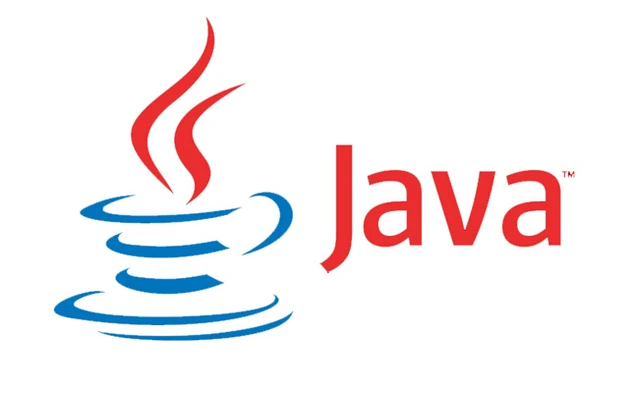Encapsulation in Java

Encapsulation is one of the fundamentals of OOP concept. Encapsulation in Java is a way of wrapping the data and methods together as a single unit. In encapsulation, the variables of a class will be hidden from other classes, and can be accessed only through the methods of their current class. Therefore, it is also known as data hiding. To encapsulate in Java, we have to declare the variables of a class as private and provide getters and setters to modify the variables.
public class Student
{
private String name;
private int age;
public int getAge()
{
return age;
}
public String getName()
{
return name;
}
public void setAge( int newAge)
{
age = newAge;
}
public void setName(String newName)
{
name = newName;
}
}
Advantages of encapsulation
Encapsulation improves maintainability and flexibility and re-usability. The methods can be changed in one place. Since the implementation is purely hidden for outside classes they would still be accessing the private field the same way. Hence the code can be maintained at any point of time without breaking the classes that uses the code. This improves the re-usability of the underlying class. The fields can be made read-only by not defining setter methods in the class or write-only by not defining the getter methods in the class) For e.g. If we have a variable that we don’t want to be changed so we simply define the variable as private and we just need to define the get method for that variable. Since the set method is not present there is no way an outside class can modify the value of that field. User don't know what is going on behind the scenes. They would only know that to update a field, they need call a set method and to read a field, call get method but what these set and get methods are doing is purely hidden from them.